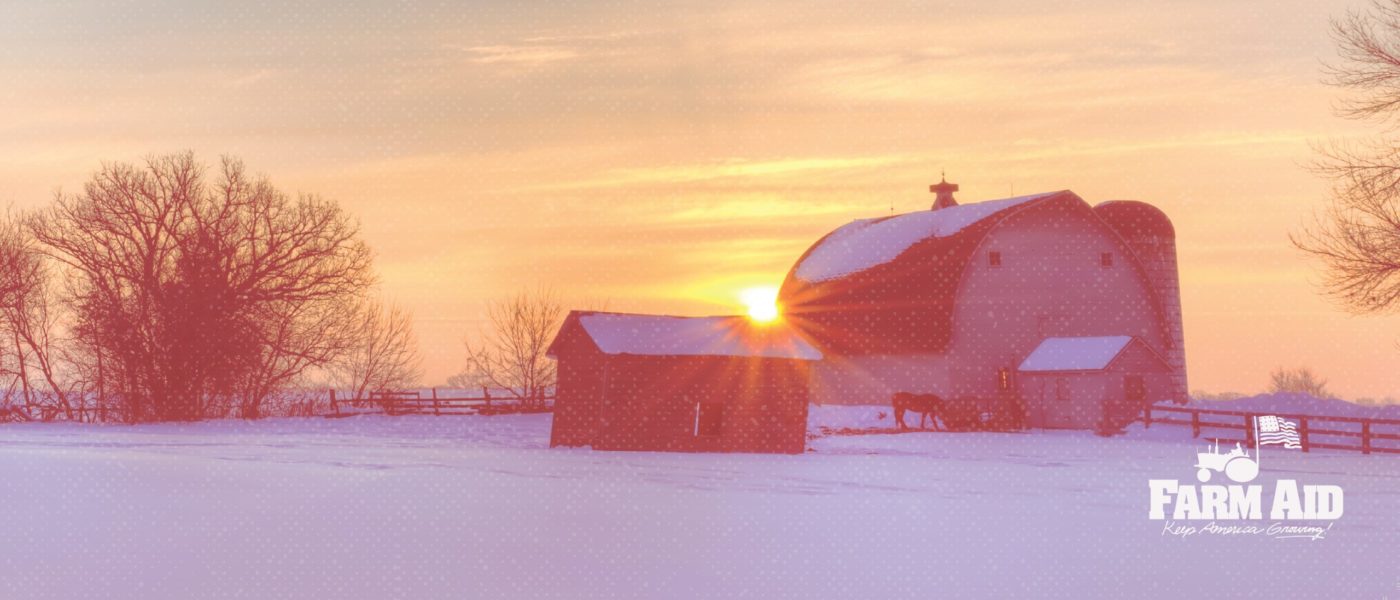 After four years of the worst drought California has ever seen, Governor Jerry Brown announced the state’s new mandatory water restrictions – the first in history. National Geographic reports on the five things you need to know about the dry situation, including where the state’s water is supposed to be coming from, the growing population, and of course, where the farmers come into play. The mandatory water cuts have not yet been extended to farms, though that’s not to say they won’t ever be. As of right now, farmers are being asked to improve their usage reporting so regulators can help reduce wasted water. “It’s a different world,” Governor Brown says of the agriculture industry, “We have to act differently.”
After four years of the worst drought California has ever seen, Governor Jerry Brown announced the state’s new mandatory water restrictions – the first in history. National Geographic reports on the five things you need to know about the dry situation, including where the state’s water is supposed to be coming from, the growing population, and of course, where the farmers come into play. The mandatory water cuts have not yet been extended to farms, though that’s not to say they won’t ever be. As of right now, farmers are being asked to improve their usage reporting so regulators can help reduce wasted water. “It’s a different world,” Governor Brown says of the agriculture industry, “We have to act differently.”
Predictions from the recently released Proceedings of the National Academy of Scientists (PNAS) study include a public health threat due to the massive global increase in factory-farmed meat production, skyrocketing global antibiotic use by 67%. Brazil, Russia, India, China, and South Africa, because of their vertically integrated intensive livestock production systems, are projected to double their antibiotic use by 2030 in order to meet their population’s protein demands. As avid Farm Aid Roundup readers may recall, the United States, among these other countries, is experiencing an antibiotic-resistance crisis: over 2 million illnesses and 23,000 deaths annually due to antibiotic-resistant bacteria. The PNAS study is the first of its kind, attempting to explain the links between global antibiotic use and livestock production. What came with this study was not only the troubling present and future health threat, but the lack of publicly funded surveillance of the livestock industry. This lack of antibiotic use monitoring, due to the reluctance of food animal producers and animal feed producers, to name a few, made it difficult for the study to have the comprehensive data to create much needed, effective regulation in the industry.
Transitioning in and out of roles on a family farm can be complicated, to say the least. This piece from Agrinews by Janet Kubat Willette lays out pointers for a successful transition, citing effective communication as a number one priority. “The entering couple might have dreams about the farm that are contrary to the dreams of the exiting couple,” she says, but with solid boundaries and clear lines of decision-making, the transition can be that much smoother. Ted Matthews, director of rural mental health for the Minnesota Department of Agriculture, notes that while transitioning leadership among farmers has been present through generations, today the situations can be much more complex with people continuing to farm into their eighties. “When are they actually going to retire? When are they actually going to pass on the farm? It’s not as simple as it used to be,” Matthews said. If you’re a retiring farmer looking to pass on your life’s work, the Center for Rural Affairs has a great page full of resources on planning a successful transition.
Many farmer groups, including the Maine Organic Farmers and Gardeners Association (MOFGA), are filing suit against the USDA. The groups claim that the USDA changed a rule concerning how synthetic and prohibited natural substances can be used in organic food production, and did so without any public comment. In the past, under USDA rules, synthetic materials would be removed from a National List of Allowed and Prohibited Substances after five years, unless, upon considering public comment, two-thirds of the members of the organic standards board voted in favor of keeping them there. The USDA altered this process without the public’s input back in September 2013, allowing synthetic materials to remain on the national list unless the standards board decides they should be removed. MOFGA’s Ted Quaday sees the oversight of public comment as a violation of the principle that calls for full participation in organic policy-making. “We feel it’s necessary to challenge that action to ensure that organic farmers and consumers are able to guide organic food production in the future,” he says.
Last week, Amazon, the company that seems to always be in the midst of a hiring spree, added some new employees to its already massive staff. This time, though, it’s goats, and they’re here to take care of your lawn, the natural way. As part of a Home Services campaign trial, Amazon has begun renting out the services of Tammy Dunakin’s Rent-A-Ruminant goat herd. The furry landscapers offer plenty of benefits on the job: their carbon footprint is small, they’re cheaper than their human counterparts, and they’re thorough. They can reach every little corner, even the ones that farm machinery can’t. Dunakin, like her goats, is also thorough, driving to each site location to ensure the environment is safe before sending in her herd. So far, Amazon’s venture with Dunakin is a success: she has nearly 100 job requests for her hard-working goats.


